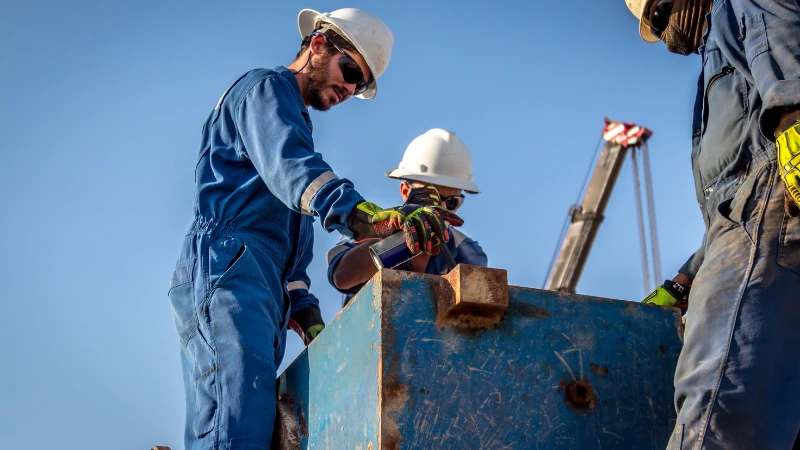
Globally, spending on well intervention is growing. In 2023, spending on oil and gas well interventions was expected (by Rystad Energy) to top US$58bn – representing a jump of almost 20% from the year before.
Moreover, the intervention rate (how many wells go through the intervention process) was forecast to reach 17% in 2027, or 260,000 wells across the world. “As a quick, efficient, and cost-effective method of maximising existing resources, interventions are going to be a hot topic in the years to come,” explained Jenny Feng, Supply Chain Analyst at Rystad Energy.
The future will see more years under the belt for the global wellstock which, by many accounts, is already past its prime. According to SLB, more than 60% of the world’s production already comes from mature assets and, by 2030, this is expected to grow to nearly 80%.
A growing demand
This, the company stated, is leading to a mounting industry reliance on well intervention to meet growing demand and further promote the use of the activity as a form of proactive maintenance. In addressing a field’s production rate before figures are significantly impacted, the cost of the value chain can be reduced by up to 30% per barrel.
This increasing reliance is also acknowledged by the likes of Gilmore, which has pointed at the oil and gas capital expenditure (capex) over the next five years indicating a compound annual growth rate (CAGR) decline of -2.3% against global upstream operational expenditure growing at a CAGR of 2.5% in the same period.
These trends, its suggests, “reflect models that aim to boost production through cost-effective and efficient well interventions, rather than drilling new wells.” This is a sentiment endorsed by Yeriandi Utama, Well Site Manager – Completion & Well Intervention at Pertamina, who believes that well intervention has a formidable future in the Southeast Asian market.
Speaking to Offshore Network, Utama explained, “One of the biggest priorities here and in Indonesia right now is how to utilise mature fields. There are fields that have been producing for a long time and we need to optimise them with low costs and as efficiently as possible. “One of the most significant problems in mature fields in this region is sand production, an issue due to the formation type of the wells which is mostly sandstone. This represents perhaps the most imposing challenge in Southeast Asia – and I worked in Malaysia and Thailand where it was the same – alongside water production.”
According to Utama, such issues consistently hamper the performance of the region’s wells, dramatically reducing the rates that were achieved when first drilled, often over a decade before. “In many places such as in the Middle East, they can produce over 1,000 barrels per day from a single well. In Southeast Asia, to achieve that barrels per day rate is something special. So, many companies are struggling and they want to maintain their production. One option is to drill new wells but, with this, there is uncertainty. In Indonesia, the success rate for drilling is so low; maybe 2-3 out of 10 wells are successful.”
This is an excerpt from the Asia Pacific Offshore Well Intervention Outlook by Offshore Network. Read more here.




